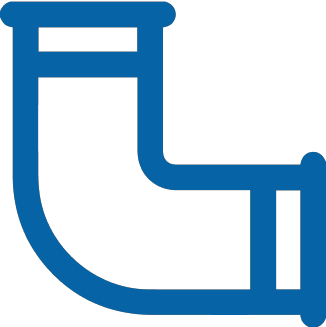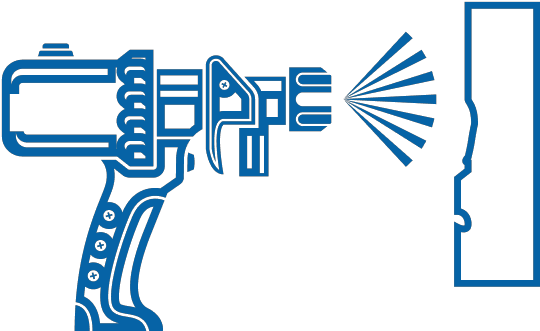TRADITIONAL ROOF WATERPROOFING SOLUTIONS
In the 1980s, a variety of roof coating systems were commonly used to protect concrete roofs from leaks. These systems included coatings, torched-on bituminous membrane-rolled acrylic coatings, and polyurethane coatings. While these traditional coatings had their benefits, they are now seen as fixes. Most of them were not suitable, for exposure to UV light as it would lead to system degradation and premature failure of the coating or membrane. Additionally epoxies and cementitious coatings were inflexible and unable to repair cracks due to their elongation properties. Epoxies tended to chalk over time while polyurethanes deteriorated in climates with UV exposure and thermal expansion.
Many waterproofing membranes require a layer of protection for durability. When conventional systems fail, the recommended solution for waterproofing projects is to use exposed waterproofing materials with superior abrasion resistance and stability against UV damage. This approach eliminates the need to remove existing screed and waterproofing membranes; instead, a new membrane can be laid directly on top.
On roofs, concrete is prone to cracking due to shrinkage, which can compromise the integrity of the waterproofing membrane. Similarly, metal decks and screws corrode over time leading to water leakage problems. Addressing these issues becomes crucial when roof leaks occur as they can escalate into concerns that demand solutions.







































